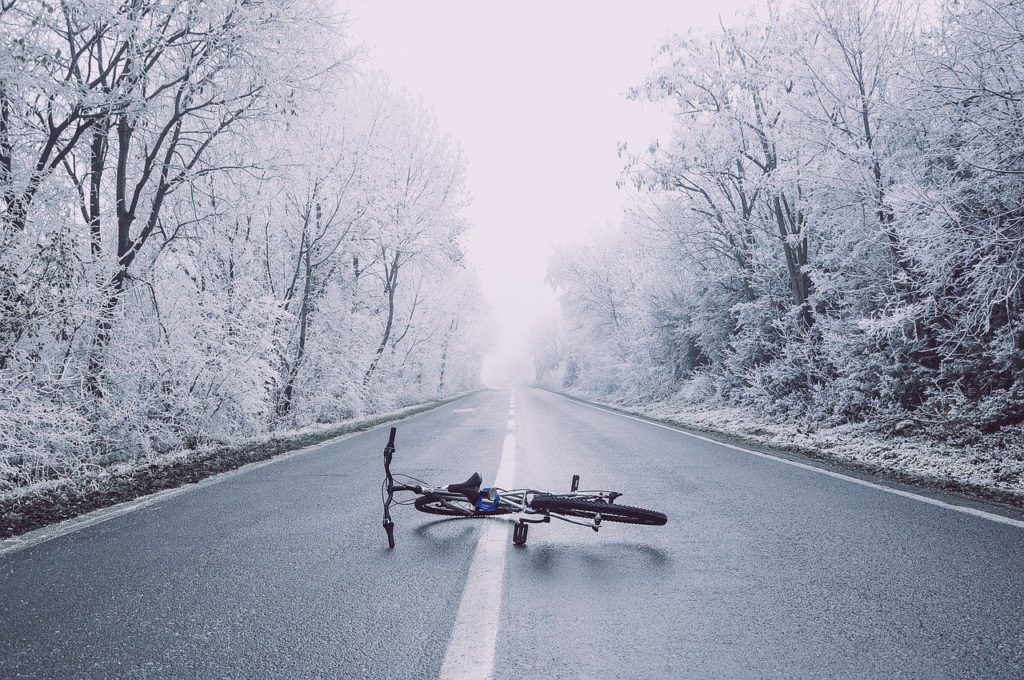- Lifetime licence bans are needed to fight drinking and driving - January 6, 2021
- Tinted windows in automobiles: are they permitted in Ontario? - August 7, 2020
- Recent cycling deaths point to a need to make roads safer - July 27, 2020
A coalition of pedestrian, cyclist and victims groups held a “productive and fruitful” meeting with Toronto police officials to discuss appropriate language around collision reporting, says Toronto critical injury lawyer Patrick Brown.
Several members of Toronto’s traffic services unit met with Brown and various vulnerable road-user groups, including Friends and Families of Safe Streets, Cycle Toronto, and Walk Toronto to share issues and concerns around how “words matter” when it comes to how collisions are described in the media.
“The intent was to open the lines of communication to discuss the language used to report collisions,” says Brown, partner with McLeish Orlando LLP and founder of BikeLaw Canada.
“It can be as simple as using the word ‘collision’ or ‘crash’ rather than ‘accident,’” he says.
Wording matters
It’s also in how the action is described, he adds. For example, rather than saying “The Honda CRV drove over the curb and hit the pedestrian,” it should be, “The driver of the Honda CRV drove over the curb and hit the pedestrian.”
The latter description places the responsibility on the driver rather than on the vehicle, says Brown
“The wrong language desensitizes individuals from behaviour in cars,” he says.
Assigning human action to an inanimate object is also simply improper grammar, he adds.
“It’s like saying ‘The gun shot the bystander,’” he says. But blaming vehicles for the action in a crash is common.
“This wording is not only used by police. It is in our culture.”
As well, some media outlets do not always report using the same language as police, Brown says.
“In fact, it may also be an issue in the media about how words matter, not just with police.”
Reporting language
Brown, who recently wrote a blog on reporting language and advocates for vulnerable road user laws, says the coalition also raised the issue of irrelevant facts that can be interpreted as blaming victims. For example, a cyclist may have multiple leg fractures after a crash but the media and police will report that the person wasn’t wearing a helmet, even if the crash had nothing to do with head injuries. In addition, the group is looking for the media and the police to focus on the primary causes of road violence which are infrastructure, speed and driver action.
Brown says, after the meeting, all members of the coalition felt as though their voices were heard — and police did as well.
“Police were receptive to our thoughts,” he says. “It was more of a dialogue between police and the heads of these groups — a positive, productive meeting, and the police agreed to keep communication lines open, which was nice to see.”
The goal, he says, is to change the dialogue so that city streets become safer for all users.

